MasterWord specializes in communication access solutions and offers a full array of Deaf/Hard-of-Hearing and DeafBlind services. All of our interpreters are highly qualified and certified professionals with experience to provide excellent communication outcomes in diverse settings.
MasterWord recognizes that every encounter is unique in its cultural and linguistic demands and actively customizes service provisions to achieve effective communication access to the Deaf, Hard-of-Hearing, and DeafBlind community.
The most effective and often preferred form of communication access is Sign Language (American Sign Language, Certified Deaf, SEE, etc.) and Tactile Interpreting for longer, complex interactions.
A convenient, fast, and easily accessible option for communicating with Deaf and Hard-of-Hearing individuals during short, routine interactions.
Sign Language interpreting services offered through video conferencing, video calls, or video telecommunication platforms to connect remotely with Deaf and Hard-of-Hearing individuals.
On-site or remote assistive technology that facilitates instant access to our clients’ events, classes, and meetings as a communication access option for Deaf and Hard-of-Hearing individuals.
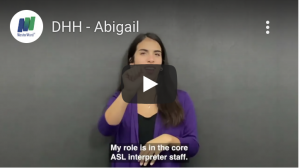
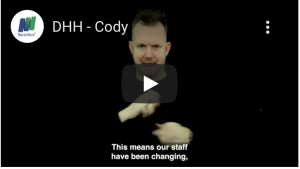





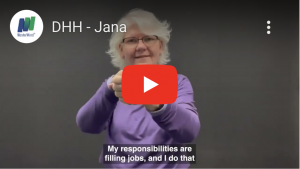

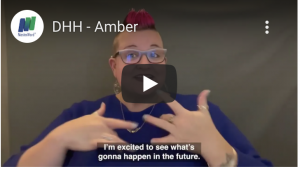
Interpreting is defined from The Globalization and Localization Association as “Interpreting is the facilitation of spoken or signed language communication between users of different languages. The formal ISO (International Standards Organization) definition for interpreting is as follows:
“Rendering a spoken or signed message into another spoken or signed language, preserving the register and meaning of the source language content.”
In the language industry, there are three primary modes of interpreting: consecutive, simultaneous and sight translation. In simultaneous interpreting, the interpreter listens and renders the message in the target-language at the same time as the speaker is speaking. In consecutive interpreting, the interpreter speaks after the source-language speaker has stopped speaking. Sight translation is the oral rendition of a written text. In all cases, the interpreter must quickly and carefully convey the meaning, tone, and intent of the original message into the target language. Interpreting requires excellent language proficiency, the ability to quickly analyze and transfer messages between languages, and adherence to professional ethics and standards of practice. Interpreting is performed face-to-face and remotely. Remote interpreting requires technological platforms to facilitate telephonic and video multilingual communication.
Interpreters are employed in a multitude of settings including courts, schools, medical facilities, social services, national and international institutions, and more. Advances in interpreting technologies are facilitating more and more virtual and remote interpretation scenarios, making interpretation achievable in new settings and scenarios.
“American Sign Language (ASL) is a visual language. With signing, the brain processes linguistic information through the eyes. The shape, placement, and movement of the hands, as well as facial expressions and body movements, all play important parts in conveying information.
Sign language is not a universal language — each country has its own sign language, and regions have dialects, much like the many languages spoken all over the world. Like any spoken language, ASL is a language with its own unique rules of grammar and syntax. Like all languages, ASL is a living language that grows and changes over time.
ASL is used predominantly in the United States and in many parts of Canada. ASL is accepted by many high schools, colleges, and universities in fulfillment of modern and “foreign” language academic degree requirements across the United States” – The National Association of the Deaf. There are over 400 unique sign languages across the globe that are utilized by over 70 million people.
There are approximately over one million people in the United States in which American Sign Language is currently their primary language. The Americans with Disabilities Act (ADA) is the leading authority on setting the parameters for when and how communication accommodations are required in both public and private settings. Individuals who are Deaf, Deaf-Blind, or Hard-of-Hearing come under the ADA. Any accommodation that falls under the ADA is the cost responsibility of the business/service entity and not the person requiring the accommodation. Additional information is available at http://www.ada.gov/pubs/ada.htm.
While every interpreting encounter is complex in nature, there may be occasions when two or more interpreters are required.
Current industry research shows that depending on the technicality, content and speed of discourse, the average interpreter experiences an increase of errors and omissions after 15-30 minutes of continuous simultaneous interpretation. In addition, due to the unique physical component in producing sign language, the interpreter also experiences an increased risk of Repetitive Stress Injuries (RSI) when necessary precautions are not taken.
In response to these research findings, sign language interpreters are often paired together, which can effectively mitigate errors in interpretation, increase quality control, and reduce the exposure to the potential physical harm that is associated with RSI.
Due to the complexity/demand of the interpreting process and the implications therein, Sign Language interpreters are trained and vetted through various accredited certifying bodies to possess the necessary skill and competence to facilitate effective communication with Deaf/HH individuals. By utilizing qualified resources, an organization can mitigate internal risks due to medical errors, violations of confidentiality, unnecessary testing, poor adherence, increase in preventive care compliance, wrongful conviction, reduce malpractice exposure and unintended poor outcomes, and avoid infringement of civil rights. The US Department of Health and Human Services, along with other government and municipal entities, emphasize the difference in those who are qualified to interpret and those who are not. In most cases, onsite staff, friends and family members are not ethically permitted or deemed qualified to interpret.
All MasterWord services are available 24 hours a day, 7 days a week. It is important to note that due to a high demand for American Sign Language interpreters, it is best practice to request services as soon as is foreseen. Three to five business days for known scheduled requests is recommended. For special events such as conferences, performances and others, two to four weeks advance notice is recommended. This ensures the confirmation and availability of the appropriate resources to meet the requested need.
Partner with MasterWord to effectively meet Section 1557 requirements under the Affordable Care Act. Ensure seamless, consistent communication access to all patients.
The professionals at MasterWord assist through services, training, and program development in compliance with:
MasterWord has a full suite of interpreter training and assessments, in addition to administering assessments for:

American Sign Language Proficiency
Interview

Center for the Assessment of Sign Language Interpretation

Written Certified HealthcareTM Interpreter assessment
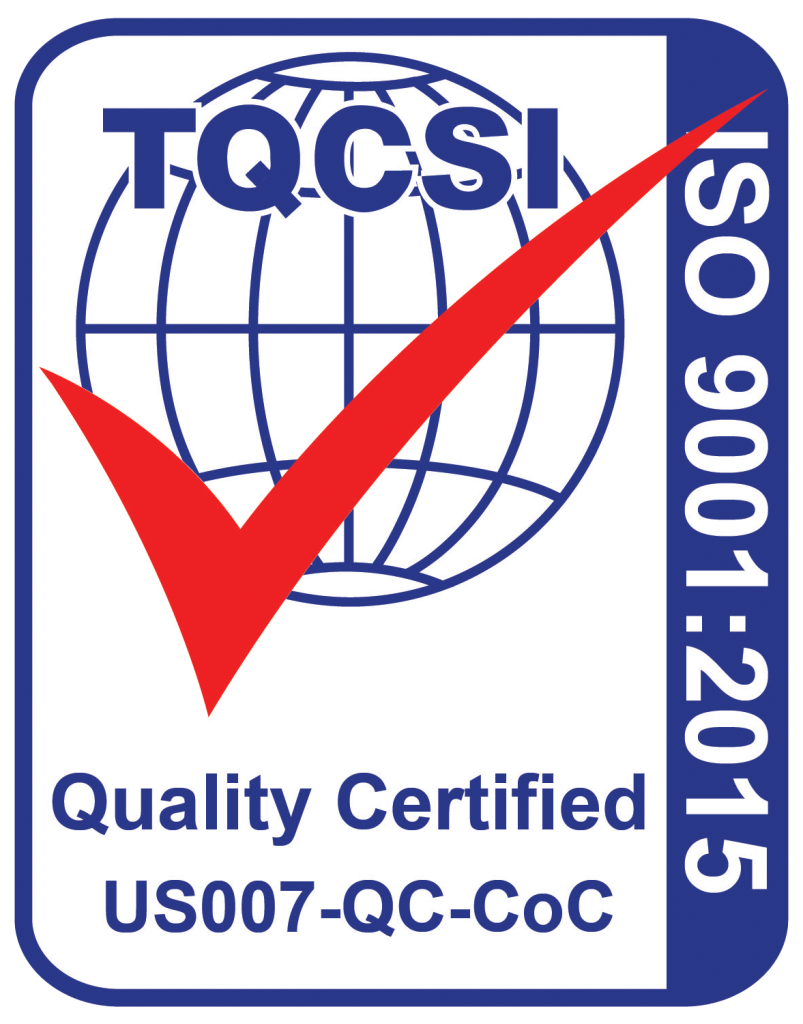
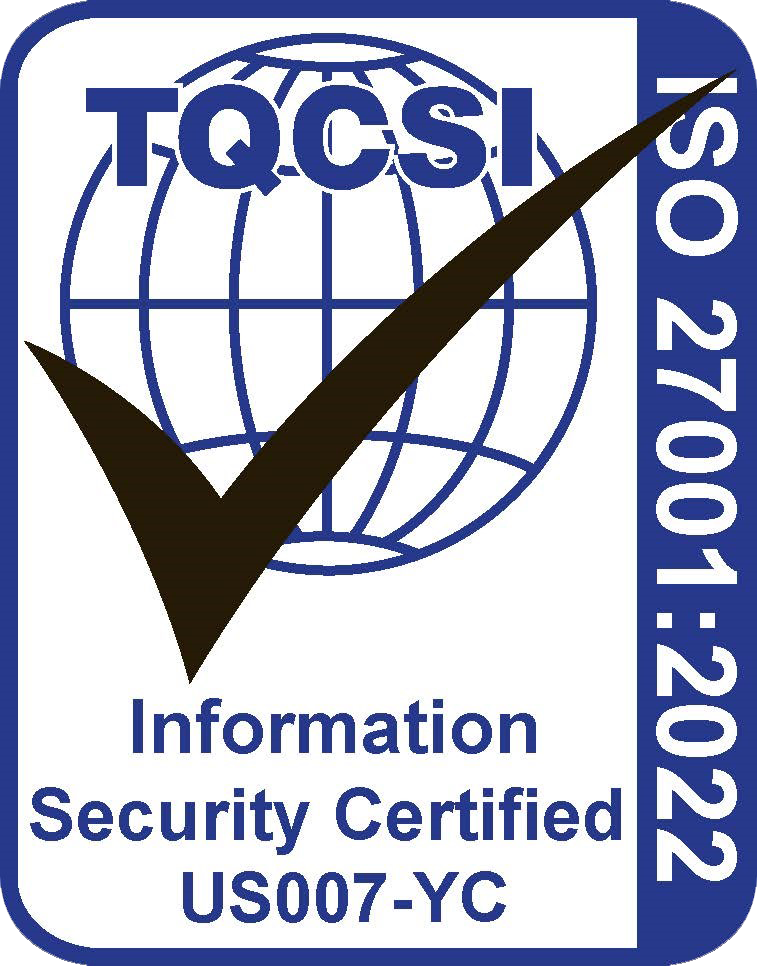
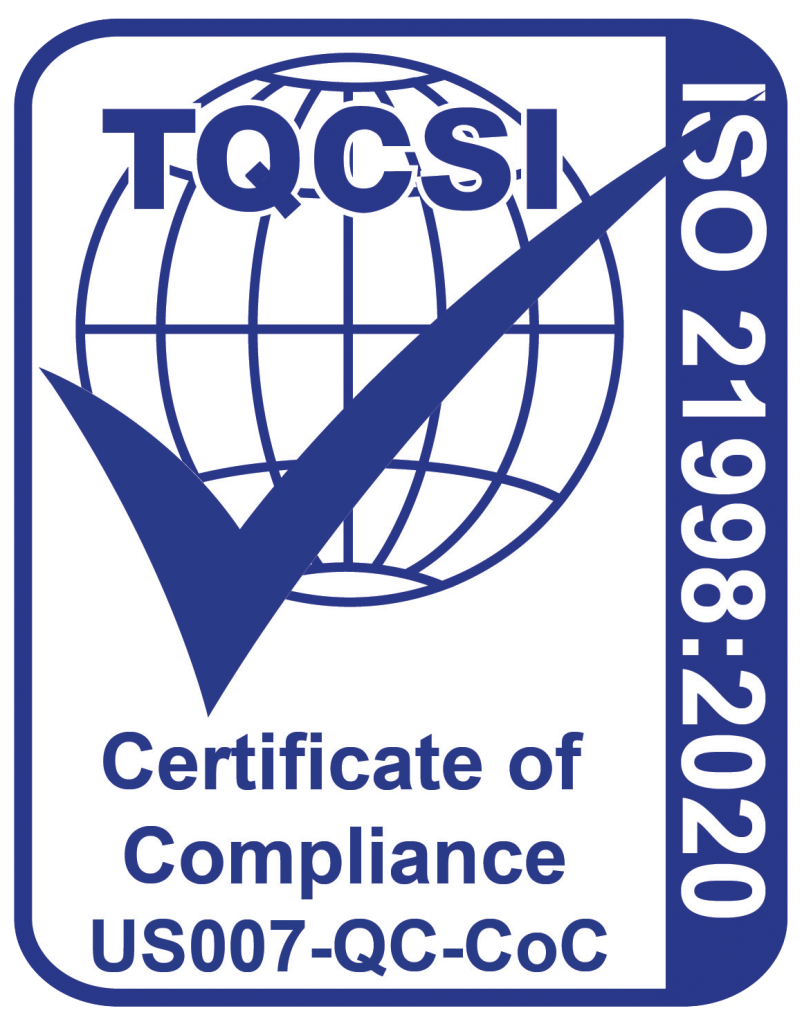
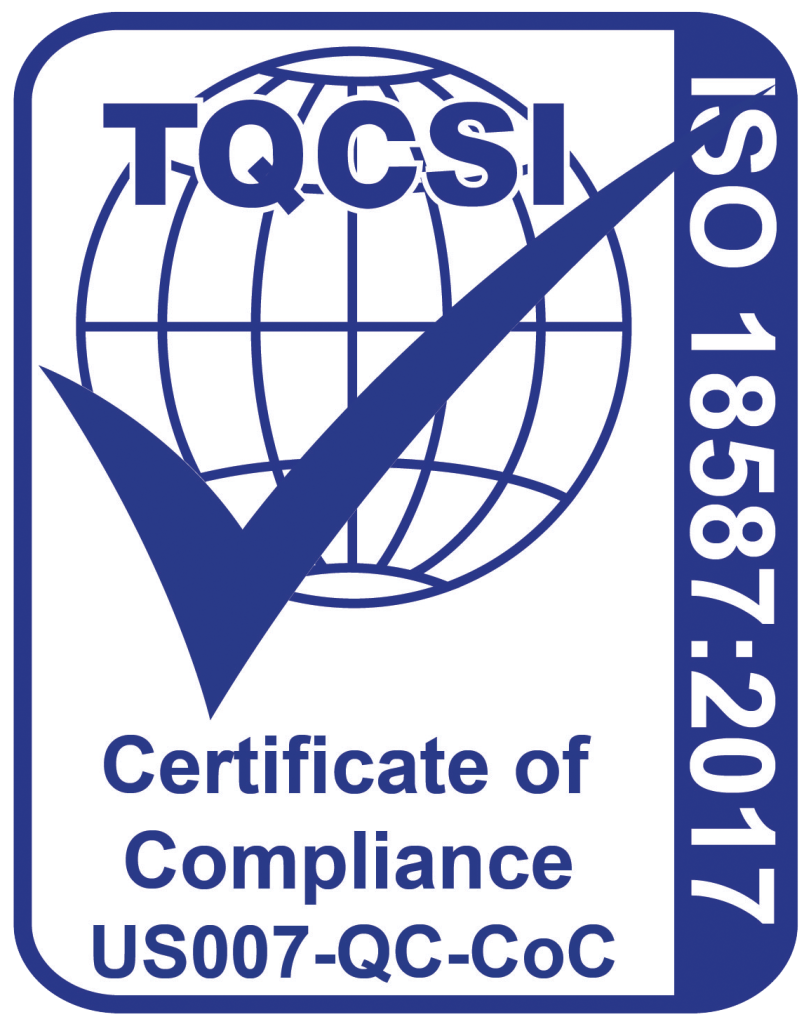
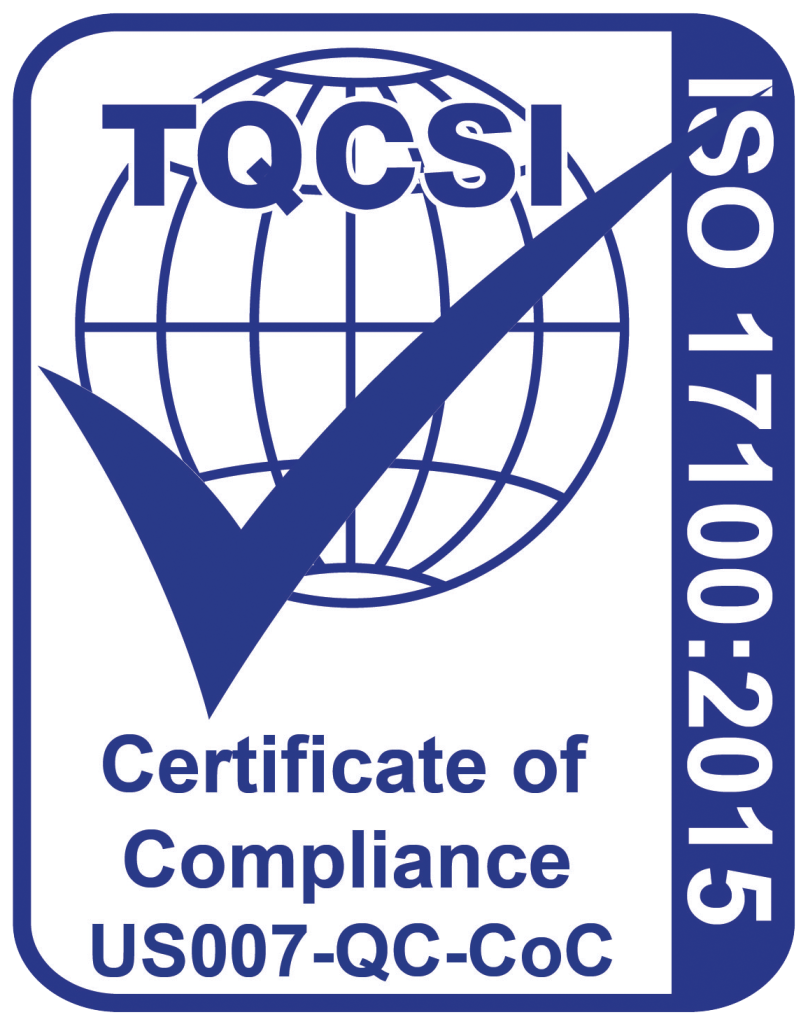
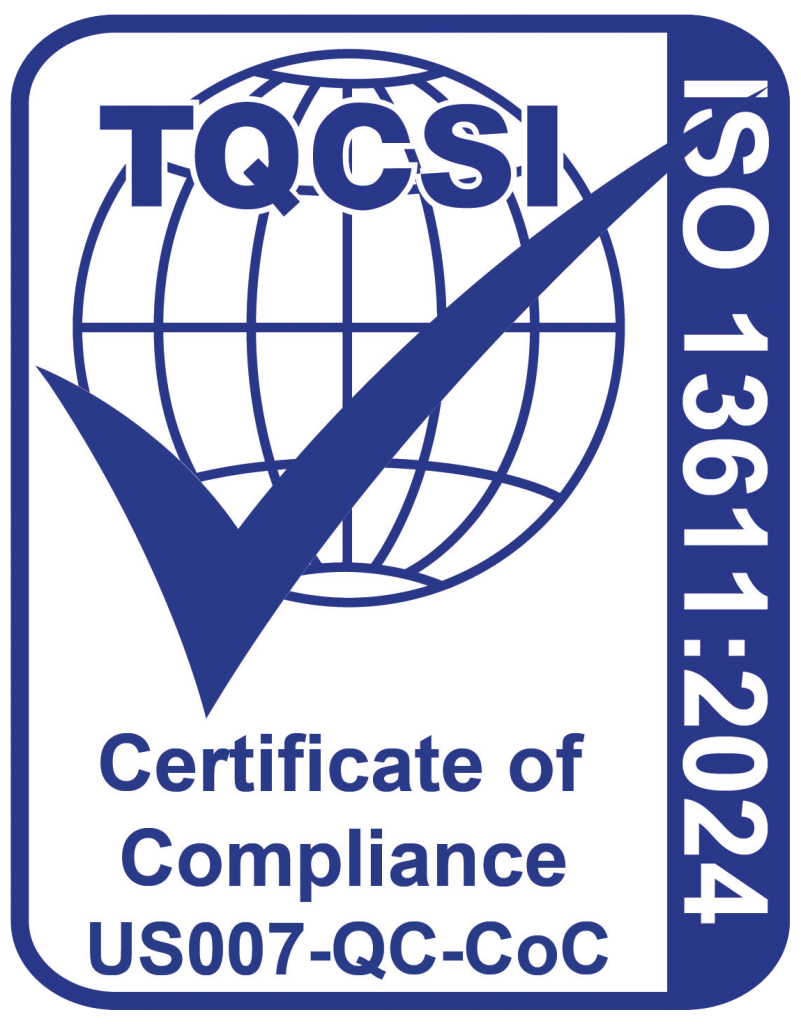




The Americans with Disabilities Act is a civil rights law that prohibits discrimination against individuals with disabilities. The purpose of this law is to provide the same rights and opportunities through reasonable accommodations.
Federal law that governs the special education programs in U.S. public schools in an effort to provide free appropriate public education in the least restrictive environment for children with disabilities.
Provides protection against discrimination for individuals with disabilities. This protects the students with disabilities from discrimination from any kind of school program or activity.
Prohibits discrimination on the grounds of race, color, national origin, sex, age, or disability in certain health programs and activities. Covered entities are encouraged to develop and implement a language access plan to ensure they are prepared to take reasonable steps to provide meaningful access to each individual that may require assistance.
Federal law that required the creation of national standards to protect sensitive patient health information from being disclosed without the patient’s consent or knowledge.
Promotes the adoption and meaningful use of health information technology and addresses the privacy and security concerns associated with the electronic transmission of health information.
Protects the privacy of student education records. The law applies to all schools that receive funds under an applicable program of the U.S. Department of Education and generally requires written permission to release any information from a student’s education record.
Requires Federal agencies to make their electronic and information technology accessible to people with disabilities. The law applies to all Federal agencies when they develop, procure, maintain, or use electronic and information technology.